Cuba libre: David Zwirner reveals more Los Diez Pintores Concretos pieces in NY
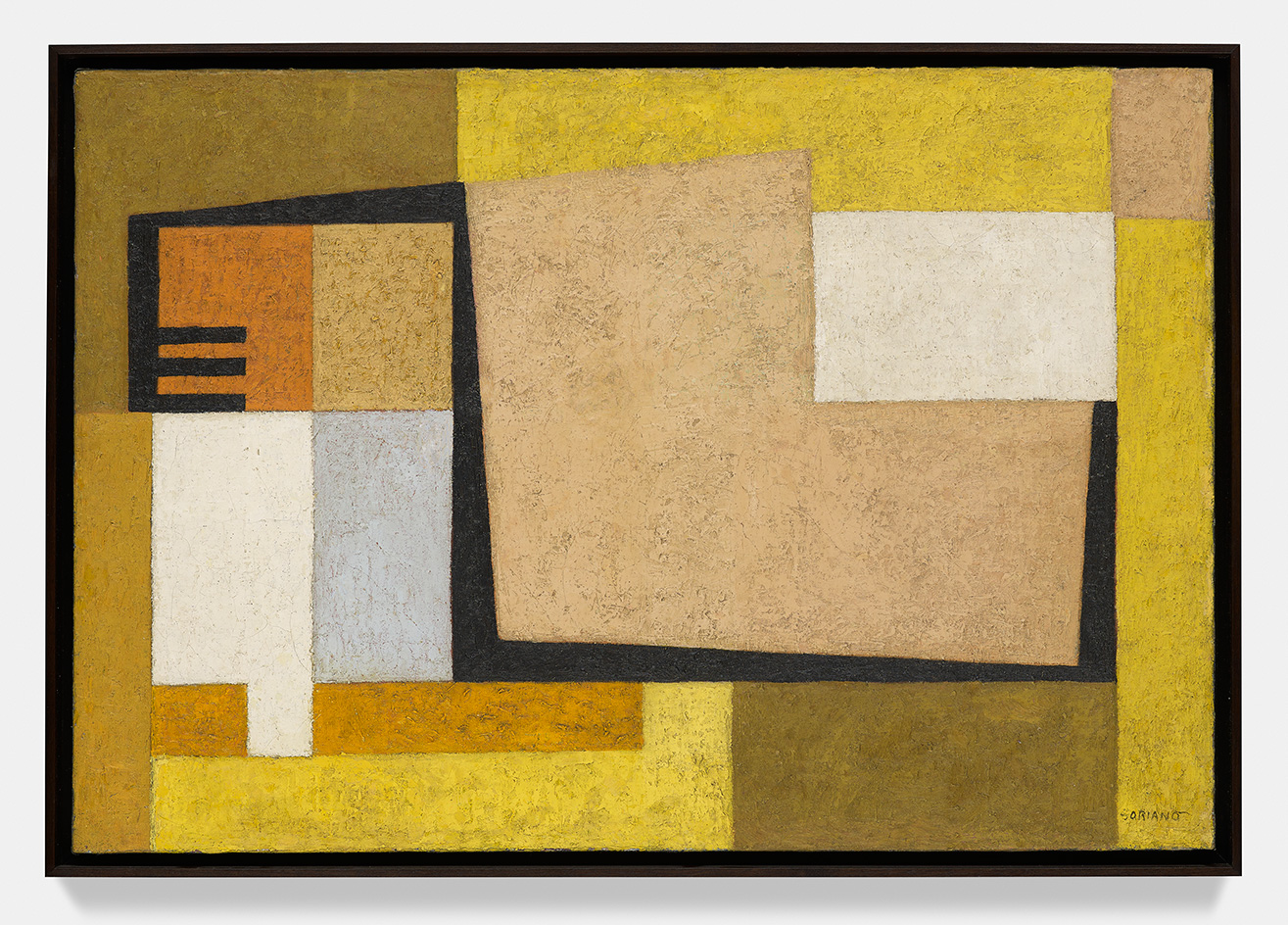
As the US continues to thaw one of the last vestiges of the Cold War – its decades-long Cuba embargo – and as the eyes of collectors and critics turn in greater numbers to contemporary Latin American art, David Zwirner gallery has expanded upon its impressive group show highlighting Cuban art through the 1940s, 50s, and 60s, which we first caught wind of in London last year. As you may recall, a cohort of Cuban artists known as ‘Los Diez Pintores Concretos’ (Ten Concrete Painters) produced a distinctive body of work linked to the broader trend of abstraction and concretism during those years. This week in New York, 'Concrete Cuba' presents 40 works (of which only five make a reprise from London), highlighting the innovative spirit of the group.
Instead of the palm trees, sunsets and beaches that earlier Cuban art tended to depict, the work from this era dealt with geometry and color, making a distinct break from past conventions. ‘Abstract art became the signpost of Cuba’s modernity,’ says Abigail McEwen, an assistant professor of Latin American art history at the University of Maryland, and a contributor to the exhibition’s catalogue, which will be published this autumn. Many artists had traveled abroad – to Europe and the US, or elsewhere in Latin America – before returning to Cuba in the 1950s, resulting in a richly layered treatment of abstraction. Pointing to an untitled canvas by Sandú Darié, McEwen says, ‘It’s like they’re taking Mondrian’s grid and blowing it up.’
As with art anywhere, these works cannot be extracted from its political context. For this group of artists, their practices became a way to contribute to what was a moment of tumultuous change. As McEwen puts it, 'They believed concretism and abstraction could be socially and politically engaged, that this art could be a spring board to a better future.’
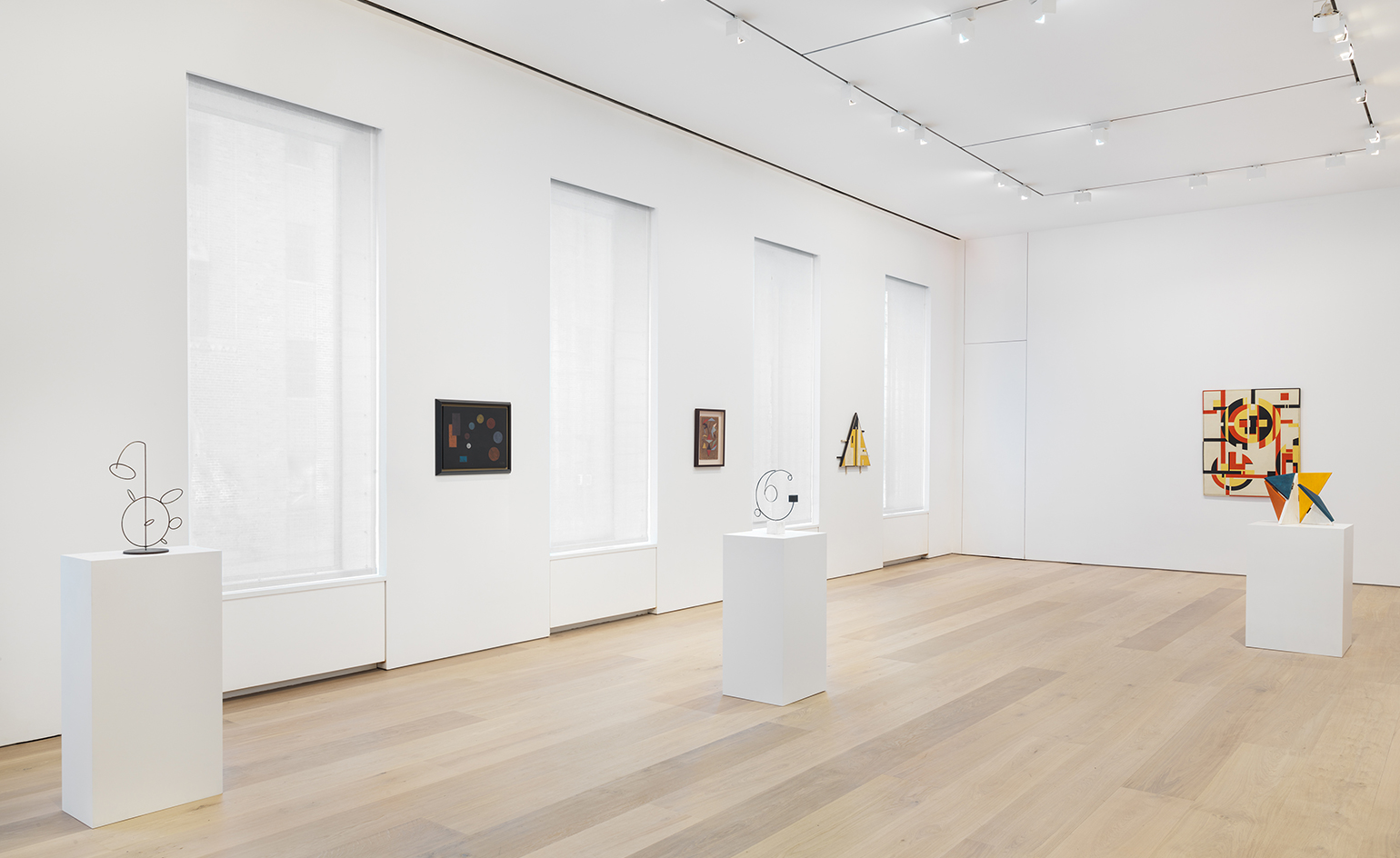
Active from the 1940s through to the 1960s, Los Diez Pintores Concretos favoured geometry and colour, making a distinct break from Cuban art's more pictorial past conventions
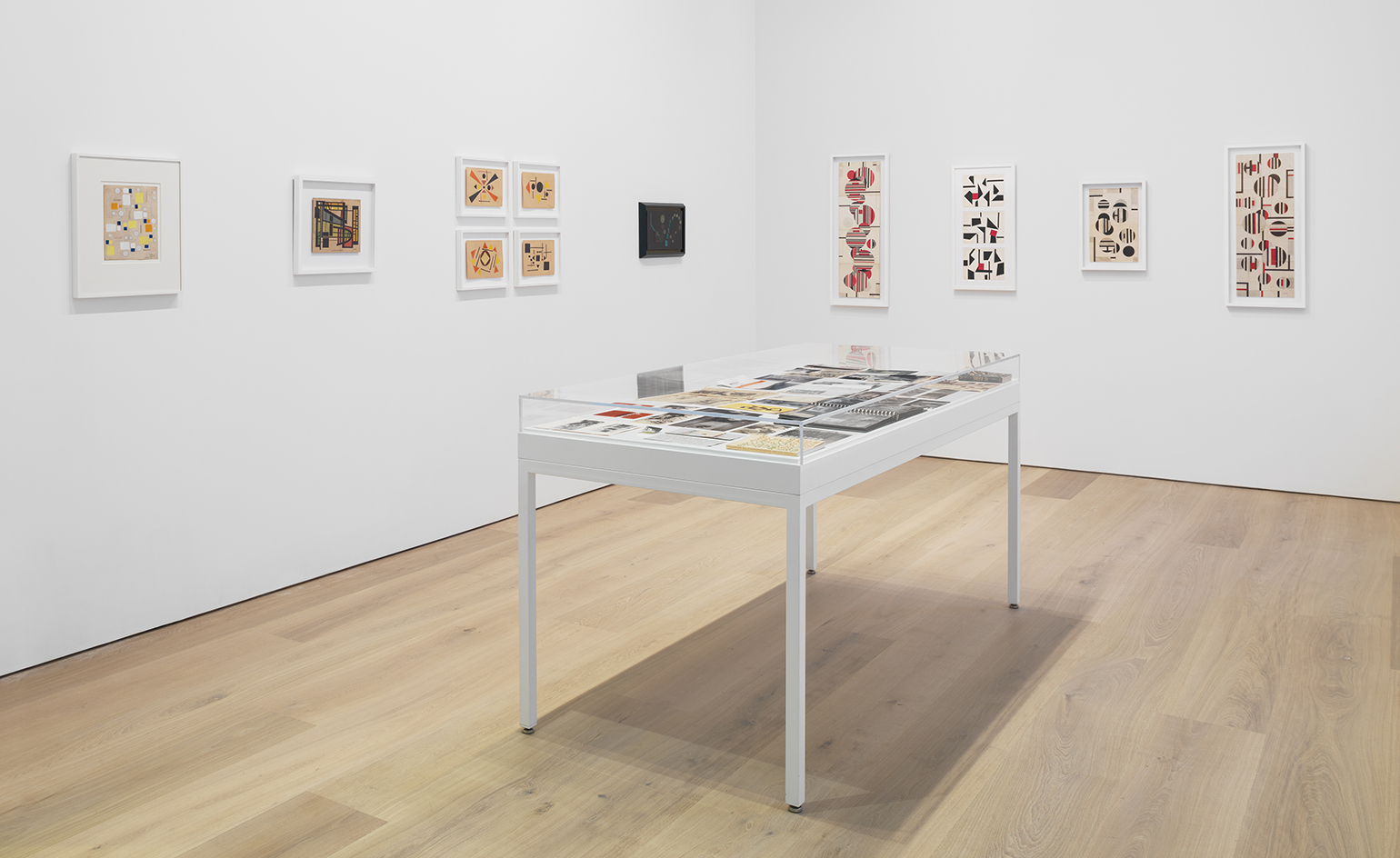
'Abstract art became the signpost of Cuba’s modernity,’ says Abigail McEwen, an assistant professor of Latin American art history at the University of Maryland, and a contributor to the exhibition’s catalogue, which will be published later this year

‘It’s like they’re taking Mondrian’s grid and blowing it up,’ says McEwen. Pictured: Sin título ('Untitled'), by Sandú Darié, c.1950
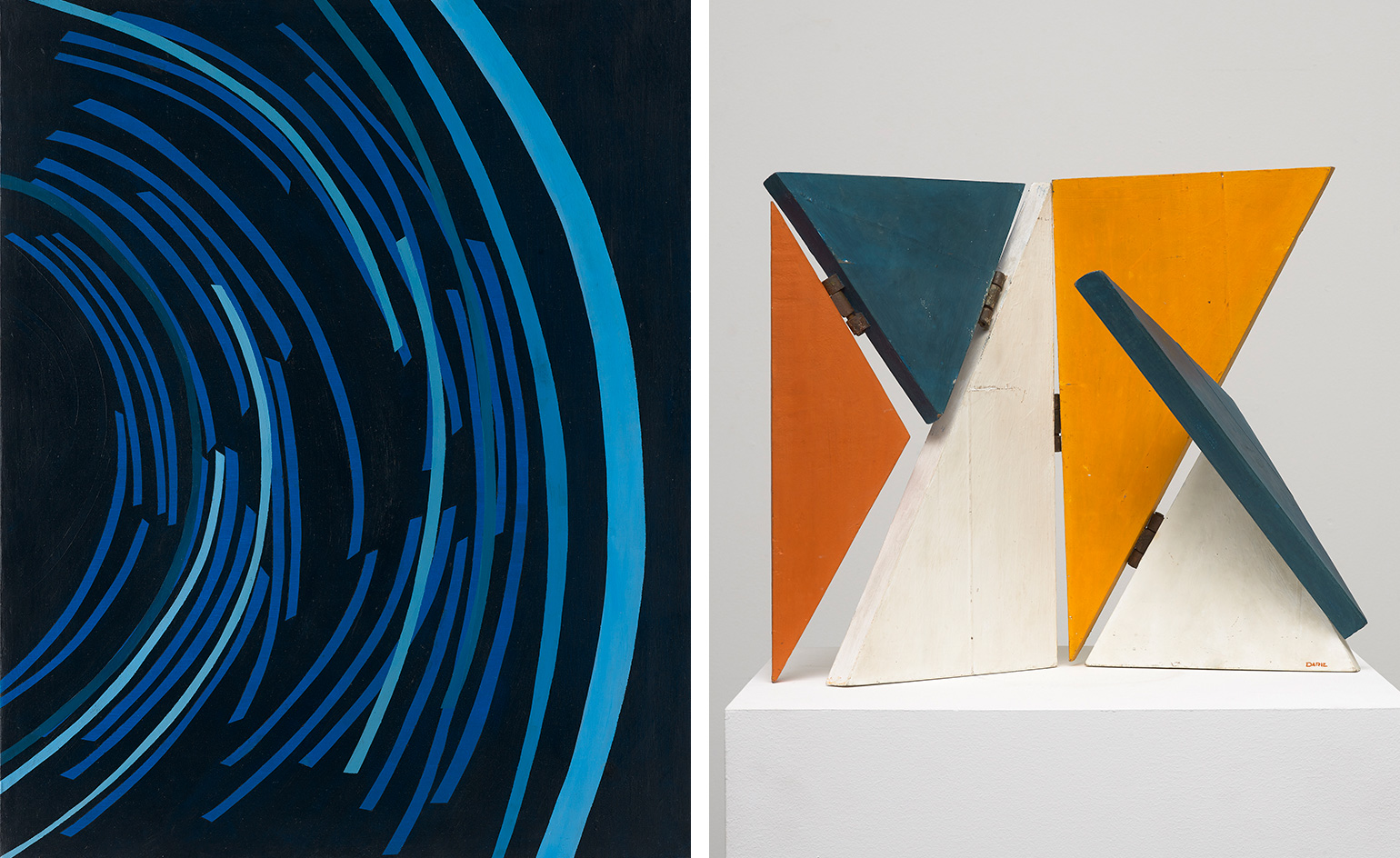
INFORMATION
’Concrete Cuba’ is on view until 20 February. For more information, visit David Zwirner’s website
ADDRESS
David Zwirner
537 West 20th Street
New York
Receive our daily digest of inspiration, escapism and design stories from around the world direct to your inbox.
-
 Own an early John Lautner, perched in LA’s Echo Park hills
Own an early John Lautner, perched in LA’s Echo Park hillsThe restored and updated Jules Salkin Residence by John Lautner is a unique piece of Californian design heritage, an early private house by the Frank Lloyd Wright acolyte that points to his future iconic status
-
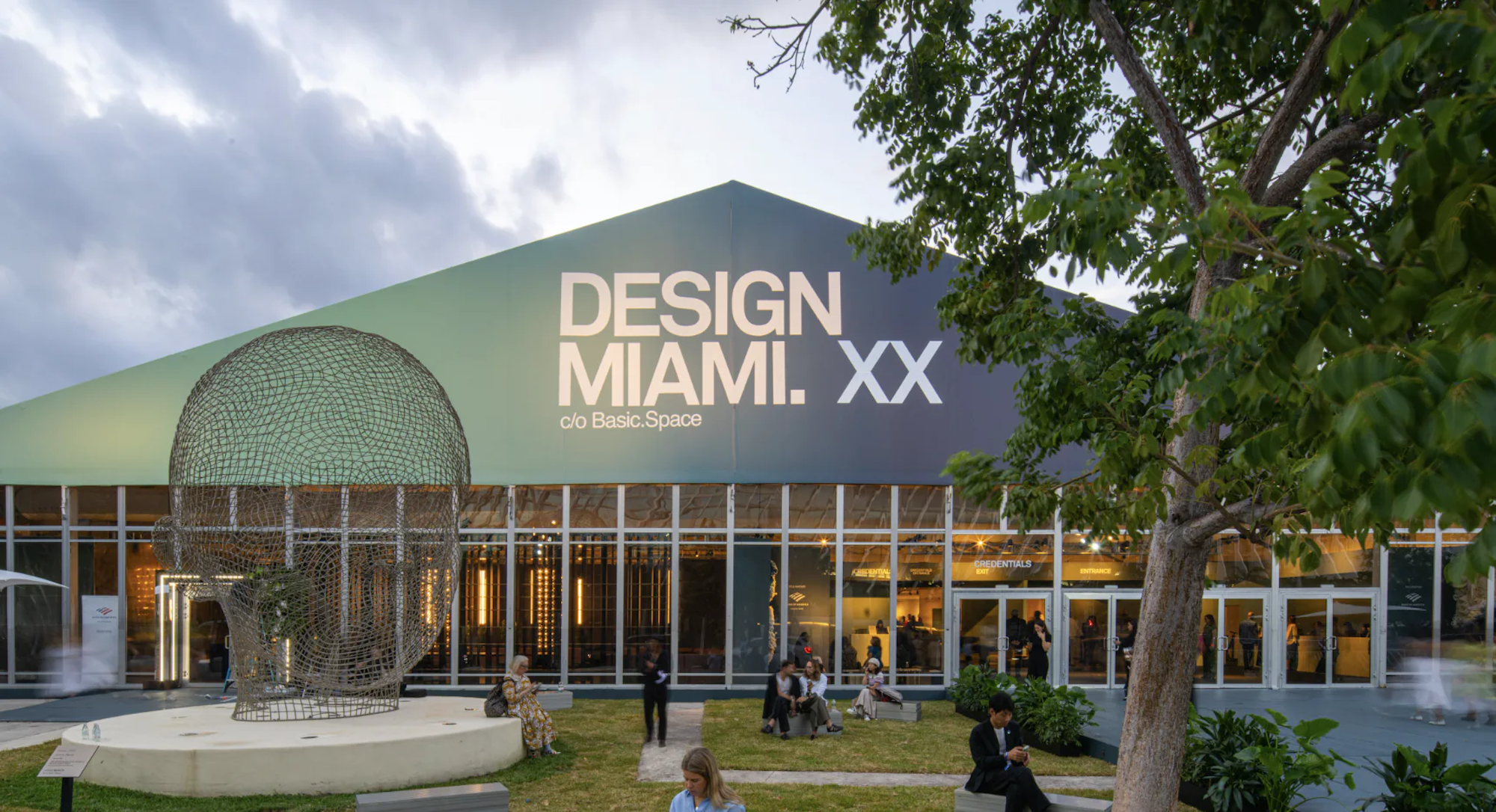 20 things that positively delighted us in and around Design Miami this year
20 things that positively delighted us in and around Design Miami this yearFrom covetable 20th-century masterpieces to a tower made from ceramic pickles, these were the works that stood out amid the blur of Art Week
-
 Montcalm Mayfair opens a new chapter for a once-overlooked London hotel
Montcalm Mayfair opens a new chapter for a once-overlooked London hotelA thoughtful reinvention brings craftsmanship, character and an unexpected sense of warmth to a London hotel that was never previously on the radar
-
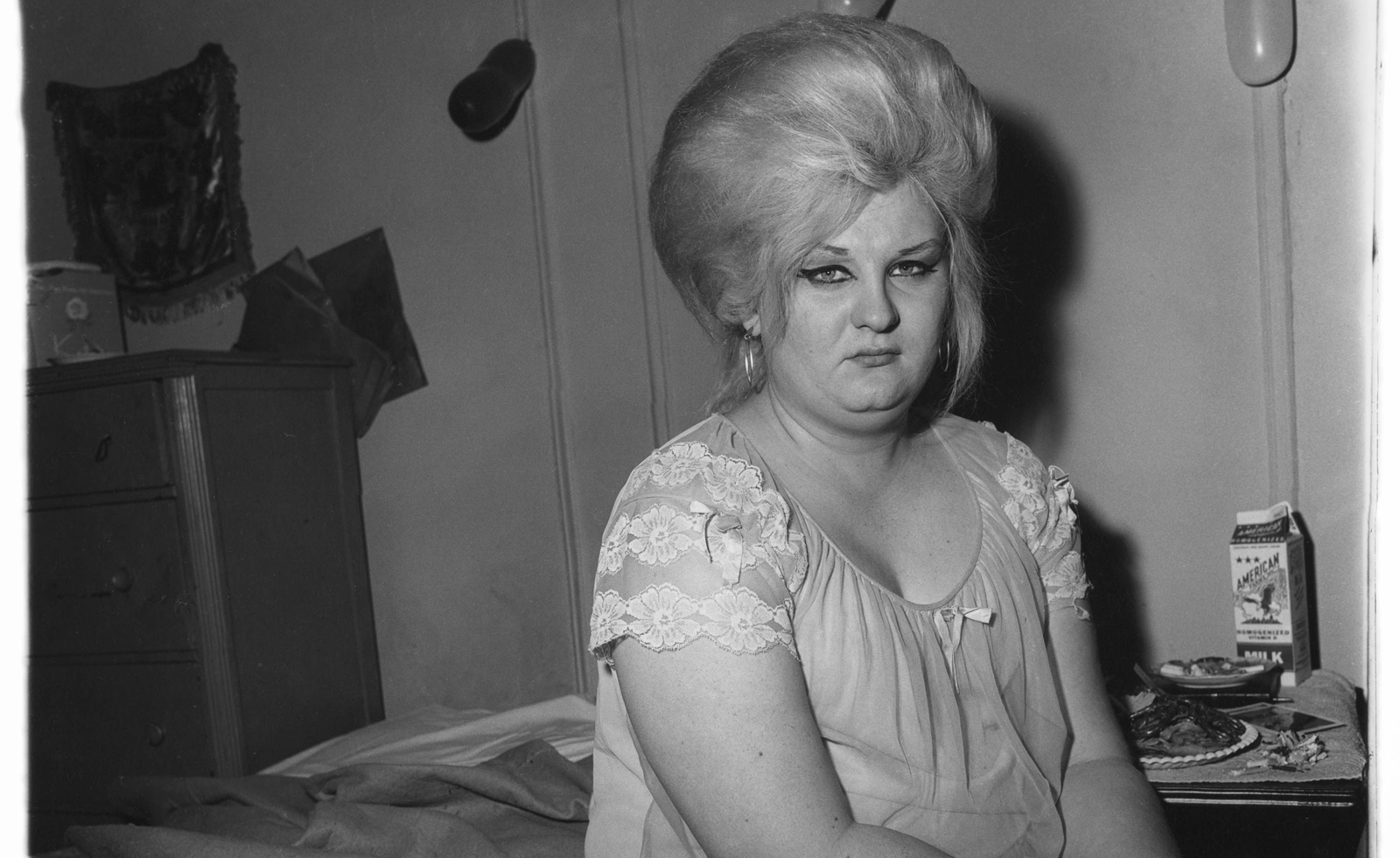 Diane Arbus at David Zwirner is an intimate and poignant tribute to her portraiture
Diane Arbus at David Zwirner is an intimate and poignant tribute to her portraitureIn 'Diane Arbus: Sanctum Sanctorum,' 45 works place Arbus' subjects in their private spaces. Hannah Silver visits the London exhibit.
-
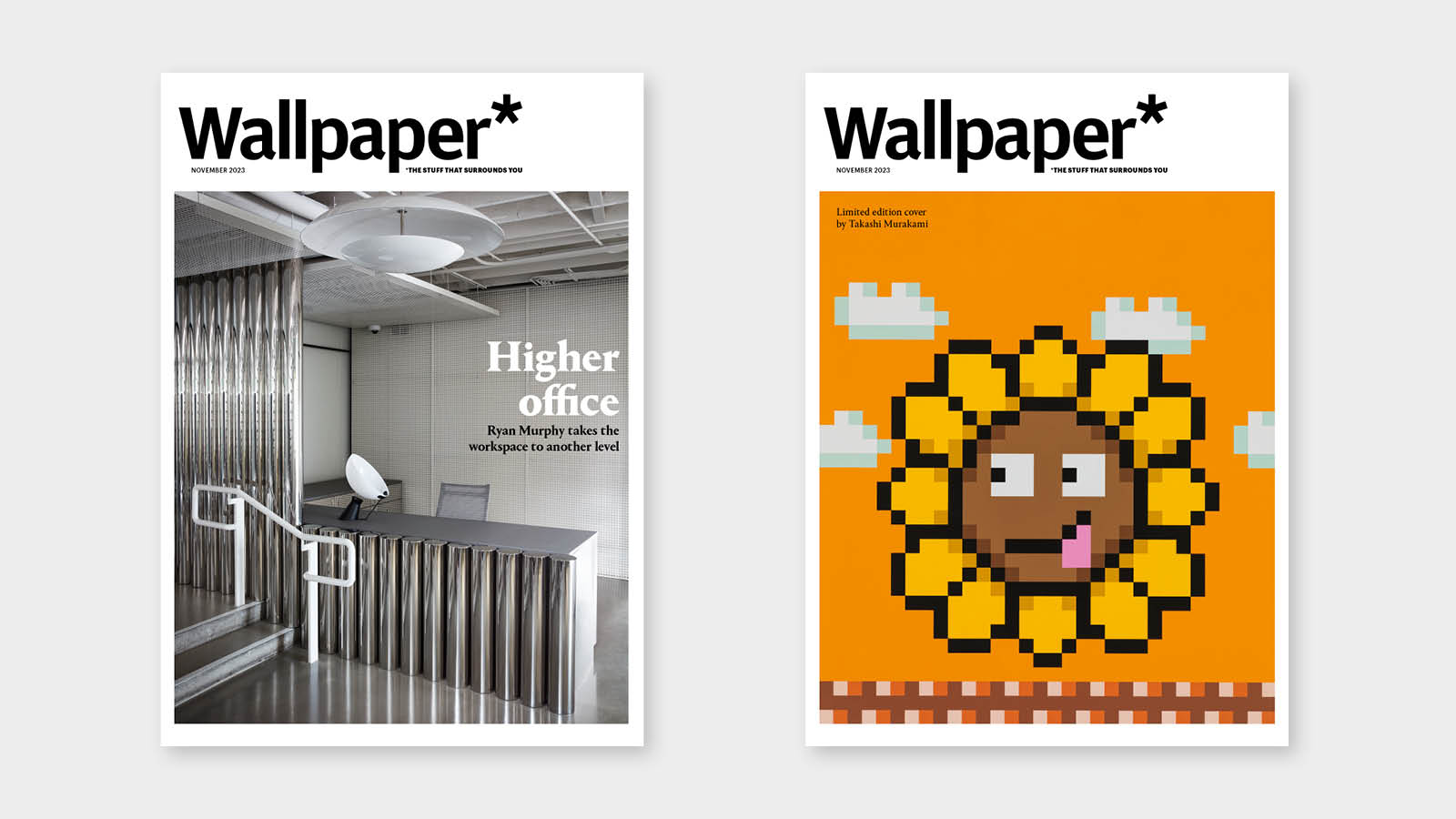 Takashi Murakami and Ryan Murphy headline Wallpaper* November 2023
Takashi Murakami and Ryan Murphy headline Wallpaper* November 2023In the Wallpaper* November 2023 Art Special, discover Takashi Murakami’s pandemic-inspired creatures, producer Ryan Murphy’s Hollywood HQ, 20 years of Frieze and more, on newsstands today
-
 Ebony L Haynes shakes up tradition at David Zwirner’s new Manhattan outpost
Ebony L Haynes shakes up tradition at David Zwirner’s new Manhattan outpostAt David Zwirner’s new downtown New York space, 52 Walker, director Ebony L Haynes is restyling the traditional gallery model in an incubator for experimentation
-
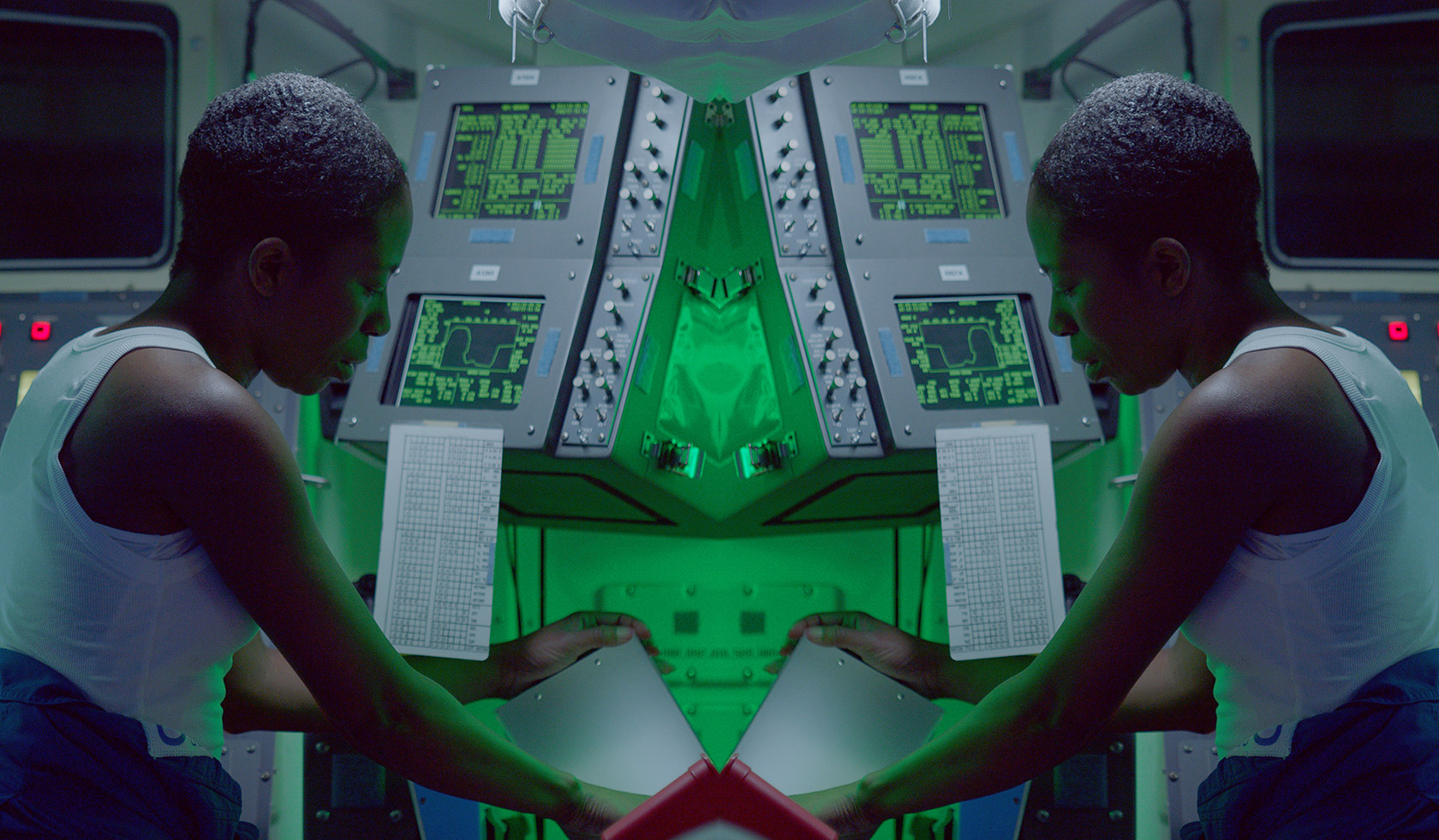 Stan Douglas’ riff on alternative realities has us seeing double
Stan Douglas’ riff on alternative realities has us seeing doubleCoinciding with the announcement that the Vancouver artist will represent Canada in the 2021 Venice Biennale, his galleries in New York and London are staging a dual survey of his ambitious video installation Doppelgänger
-
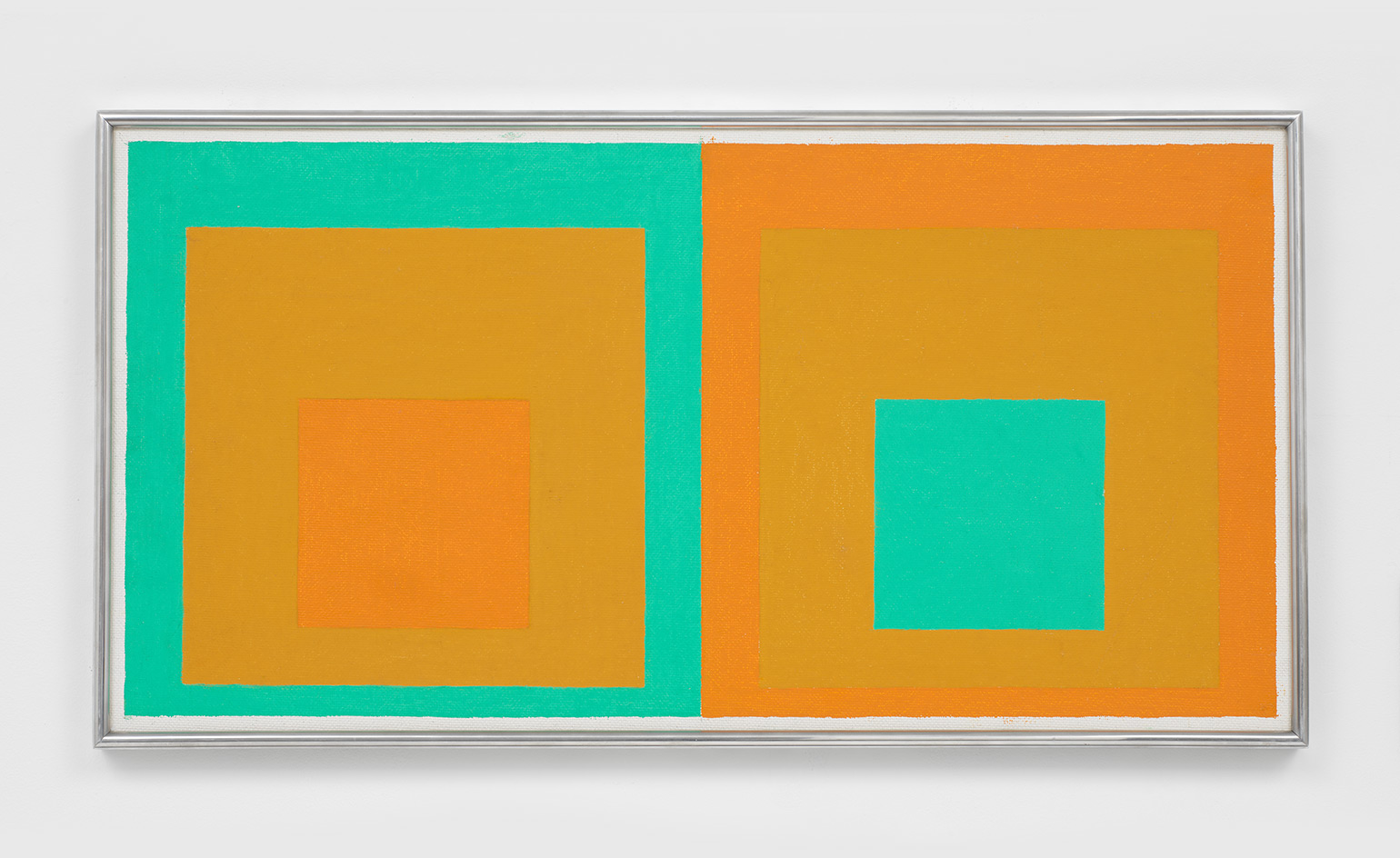 Josef Albers and the modernist maestro’s musical influences
Josef Albers and the modernist maestro’s musical influences -
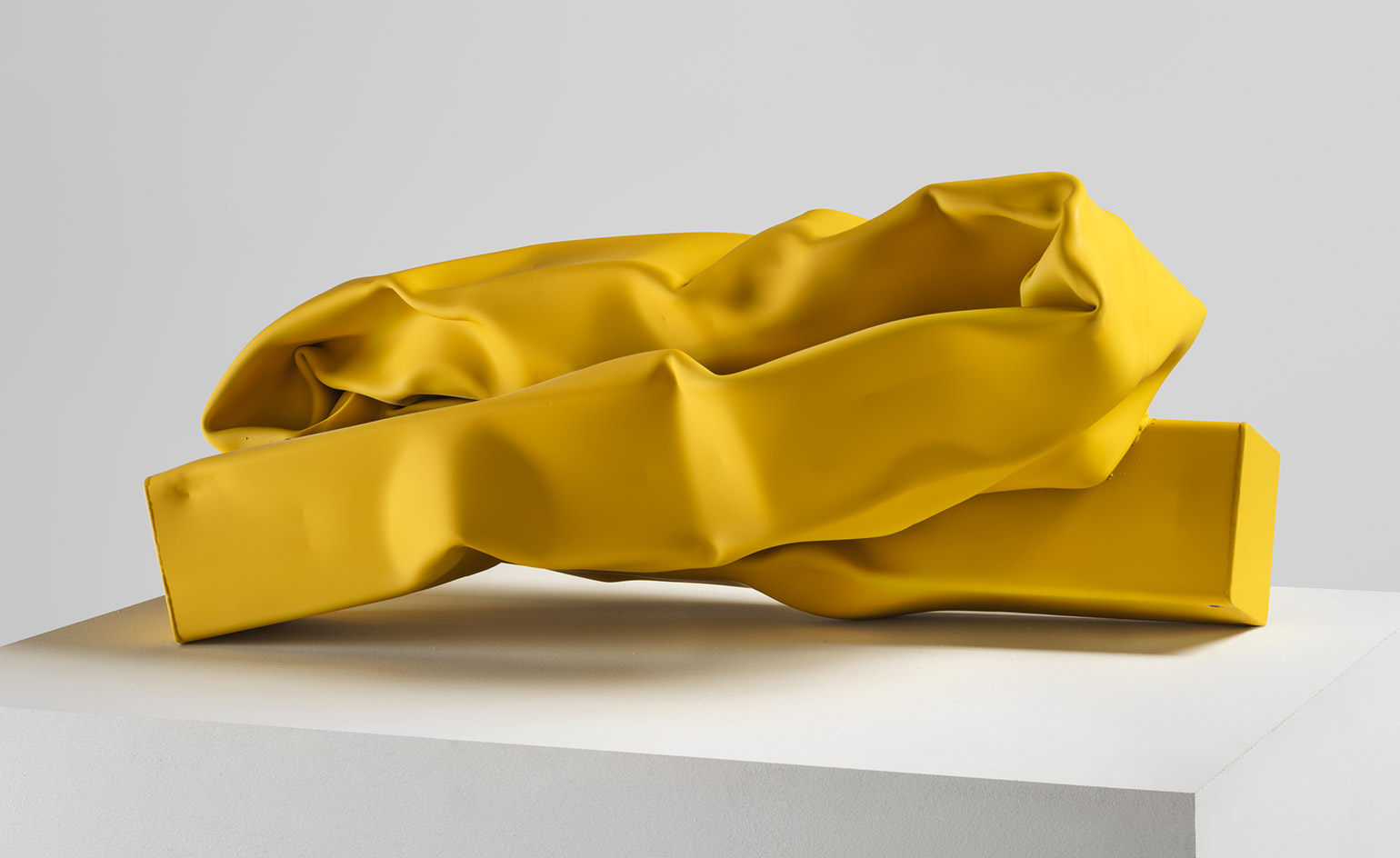 Carol Bove on crushing, crashing and twisting heavy metal into better shape
Carol Bove on crushing, crashing and twisting heavy metal into better shape -
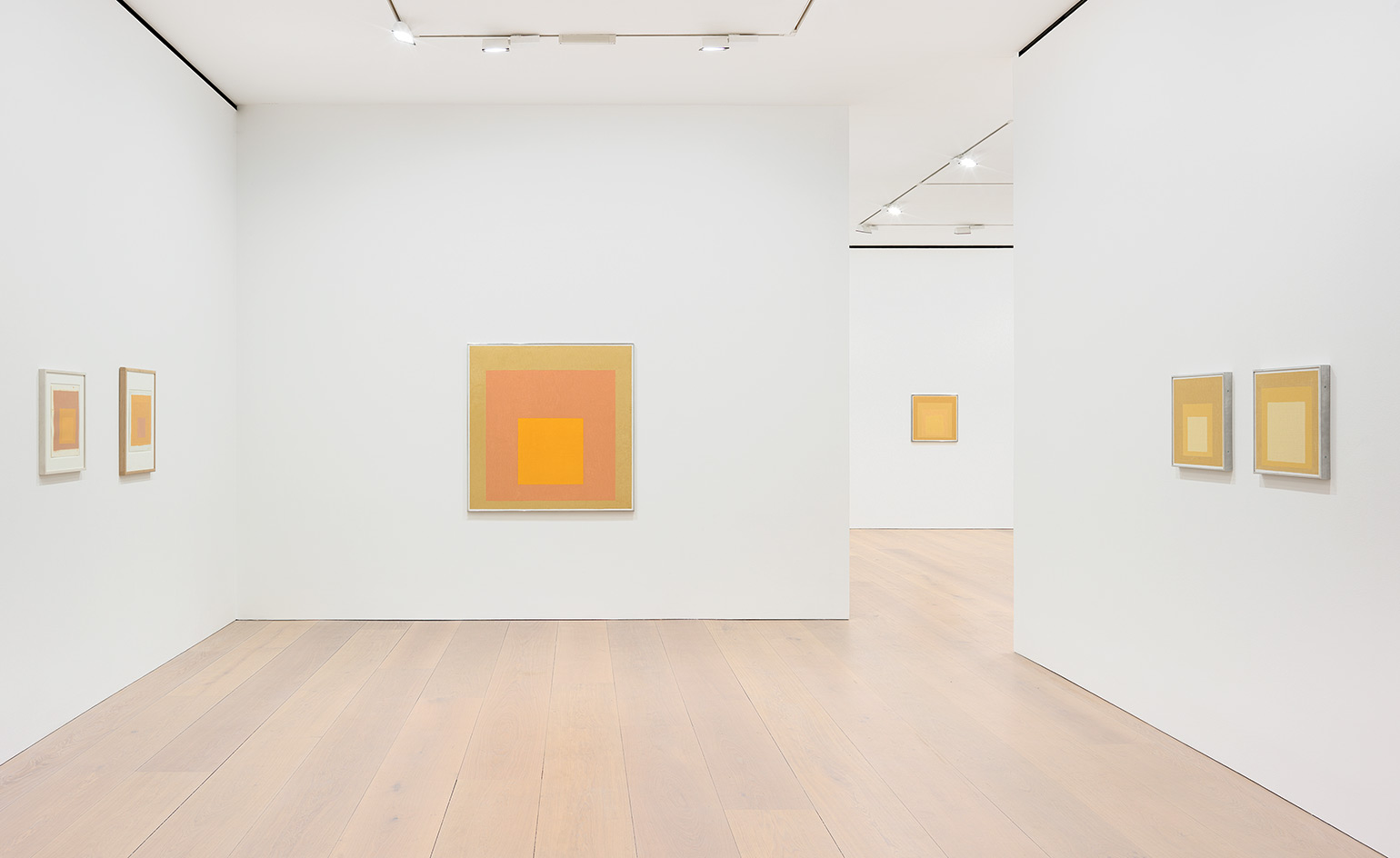 Sunny side up: Josef Albers’ yellow paintings look on the bright side
Sunny side up: Josef Albers’ yellow paintings look on the bright side -
 Conversation and community: Independent art fair lands in Brussels
Conversation and community: Independent art fair lands in Brussels